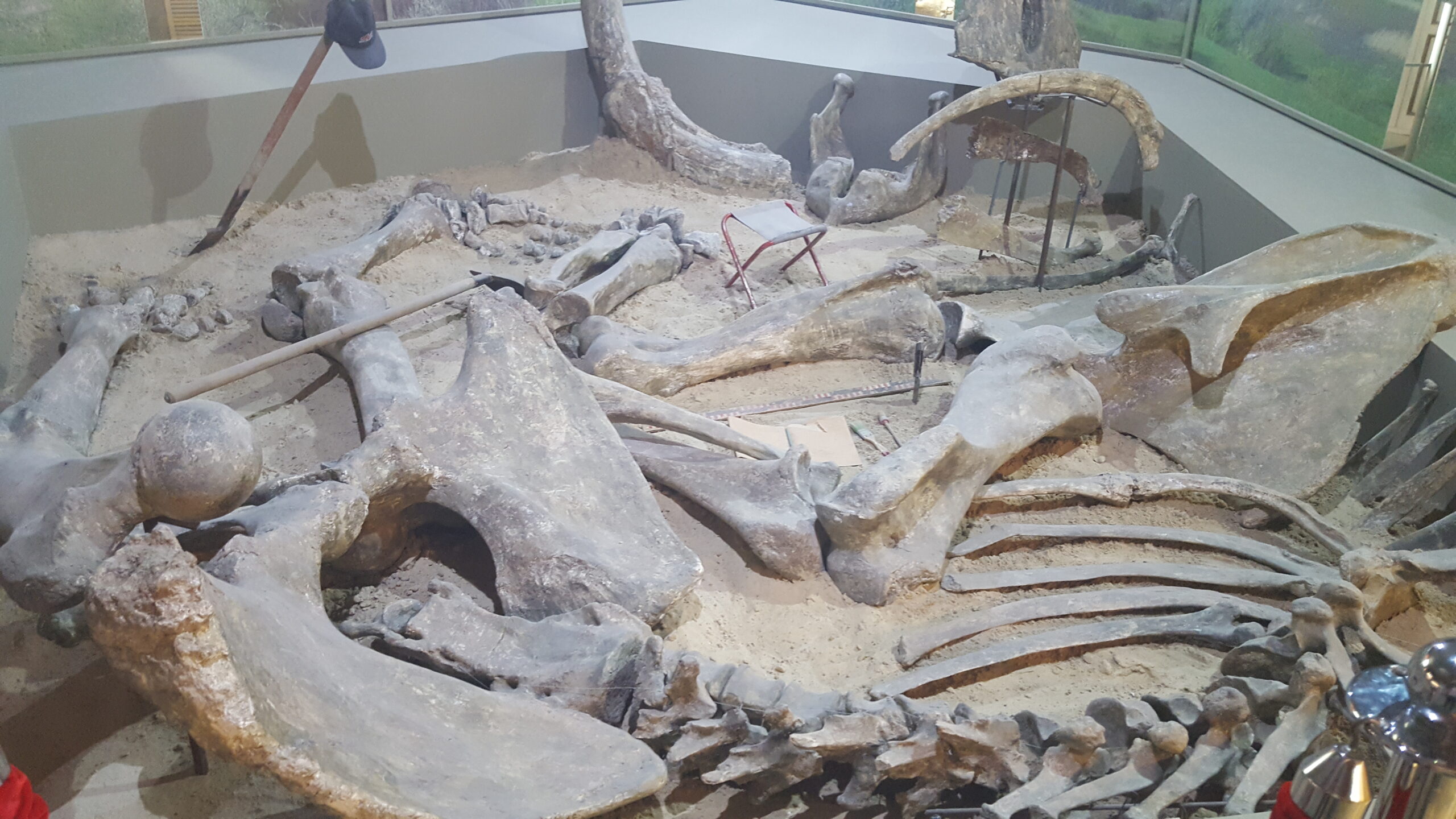Tyrannosaurus rex Discoveries: What are the discoveries about T. rex?
Introduction
In paleontology, a few dinosaurs command special attention, including the Tyrannosaurus Rex, extra commonly called T-Rex, which lived on Earth for a minimum of sixty-eight to 66 million years in the past in the course of the past due Cretaceous period. In this text, we’re going to spherical up discoveries and tendencies about Tyrannosaurus rex and assess what scientists have recently located about it.
Stay with us on this exciting journey as we continue exploring this exciting T-Rex; let’s go on this amazing journey.
Current Tyrannosaurus rex Inventions
T. Rex Protects Sensitive Tissues
In a groundbreaking Obvious that sent shockwaves through the scientific Family, researchers found witnesses of safe soft tissues in a Tyrannosaurus rex fossil. This invention challenges our intellect of fossilization and has Made clear new avenues for researching the biology of these ancient giants.
Implications of Soft Tissue Safety
The Safety of Soft Tissues It appears that .T. rex may have more in common with modern birds than thought in hindsight. The study of proteins and other organic mixtures in these tissues provides priceless insights into the physiology and Evolution of this apex predator.
Feathered T-Rex Patterns
Recent fossil discoveries testify that some young Tyrannosaurus rex people have been embellished with feathers. The discovery has sparked an active debate amongst paleontologists about the appearance and Evolution of those iconic dinosaurs.
Feathered T. rex and Evolution
Paying feathers on Little immortal T. rex individuals’ feathers might have played a special role in thermoregulation and camouflage. This invention links T. rex more closely to its avian Family on the dinosaur family tree.
T. rex Social Behavior
Paleontologists have had success in understanding the social behavior of T. rex. Trackways and bone beds suggest that these dinosaurs may have lived and hunted in groups, challenging the historical image of an apex predator alone.
Group Habits of T. rex
The invention of potential group behavior raises questions about pack hunting, parental care, and the Habits of T. rex communities. Scientists have now invented how these social interactions influenced their survival and terror.
T. rex Life Span and Growth Rate
Current research has provided a lesson on the lifespan and success rate of T. rex. By intention success rings in their bones, scientists estimate that T. rex individuals could reach impressive sizes in just a few years.
Rapid Growth and Life Span
T. rex’s skin success It appears that they were formidable predators from a young age. Understanding their life span and success patterns contributes to understanding their ecological roles in ancient ecosystems.
Keywords for SEO Optimization
To ensure this article ranks well on Google and presents Very special information, it is mandatory to include a cluster of keywords related to Tyrannosaurus rex discoveries. Here are some strategically placed keywords:
Current T. rex Inventions
T. Rex Protects Sensitive Tissues
Feathered T. rex Specimens
T. rex Social Behavior
T. rex Life Span
Growth Rate of T. rex
Tyrannosaurus rex Fossil
T. rex Evolution
T. rex Group Behavior
Paleontology The Turks
FAQs
- about Tyrannosaurus rex
- What is the Value of soft tissue Safety in T. rex fossils?
Soft tissue Safety in T. rex fossils is special because it presents Very special insights into the biology and Evolution of these dinosaurs. It challenges our intellect of fossilization, and it is a closer relationship between T. rex and modern birds.
- Did all T. rex the person have feathers?
No, not all T. rex individuals had feathers. Recent fossil Effects suggest that some Less immortal were feathered, while adults likely had scales. Feathered T. rex, the person might have used feathers for thermoregulation and camouflage.
- What do we know about the social behavior of T. rex?
Recent Inventions indicate that T. rex may have Decoration social behavior, potentially living and hunting in groups. This challenges the historical view of T. rex as alone hunters and raises questions about their group Habits and interactions.
- How fast did T. rex grow, and what was their life span?
T. rex individuals grew rapidly, reaching impressive Existence in just a few years. By analyzing success rings in their bones, scientists and experimenters found that their life span was relatively short, likely around 20 to 30 years.
Conclusion
Tyrannosaurus rex confounds our thoughts and explains its mysteries thanks to a series of innovations, from the protection of delicate tissues to the preservation of winged wonders to the social ethics and behavior of other specimens, T. rex is of practical importance in the field of paleontology. There is only one subject: scientists are experimenting with fossils and discovering the truth about this famous dinosaur. were
In conclusion, observations of T. rex have revealed new insights into our understanding of this remarkable creature — from the preservation of its delicate tissues to the appearance of its wings; these effects challenge historical wisdom and give us the knowledge that Evolution has existed since the age of paleontology.

